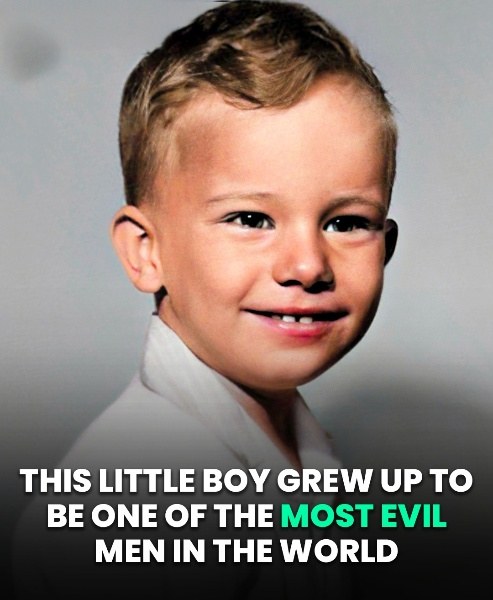Not long after, his life took a devastating turn. One impulsive and violent act marked the beginning of a long, tragic path that would one day horrify the world. Over the next thirteen years, Jeffrey Dahmer committed a series of crimes that would place him among the most notorious figures in modern history.
He targeted young men, often choosing those who were isolated or vulnerable, and carried out acts that remain difficult to comprehend. For more than a decade, he managed to hide his actions, evading discovery despite several encounters with law enforcement.His crimes finally came to light on July 22, 1991, when one intended victim escaped and alerted police. What authorities found in Dahmer’s apartment revealed the full extent of his actions — evidence that shocked even the most experienced investigators.
Jeffrey Dahmer was arrested and later confessed to his crimes in chilling detail. During his trial, he expressed remorse but also admitted to a deep sense of loneliness and disconnection from others. He was convicted and sentenced to multiple life terms in prison.In 1994, Dahmer was killed by another inmate while serving his sentence. He was 34 years old.
The case of Jeffrey Dahmer remains one of the most disturbing in American history, not only because of what he did, but because of what his story represents. Behind the horror was a man shaped by isolation, neglect, and a complete loss of empathy — a tragic example of how emotional detachment and untreated psychological issues can grow into something unimaginable.
Experts who have studied his life point to his childhood as a key factor in understanding his behavior — not to excuse it, but to learn from it. Dahmer’s early years show the importance of emotional connection, mental health support, and family stability. When those things are missing, pain can fester in silence until it becomes destructive.
Today, his story continues to be studied not for shock value, but for insight into the human mind. It forces us to look beyond the headlines and ask deeper questions: how does loneliness become obsession? How does neglect turn into numbness? And how can society recognize and help those who might be slipping into darkness before it’s too late?
Jeffrey Dahmer’s story is not just about crime — it’s about the fragile balance between nurture and neglect, love and loneliness. He wasn’t born a monster; he became one over time, shaped by choices, silence, and unhealed wounds.
In the end, what makes his story so haunting isn’t the violence itself, but the reminder that evil can grow quietly — even in the most ordinary of places.
